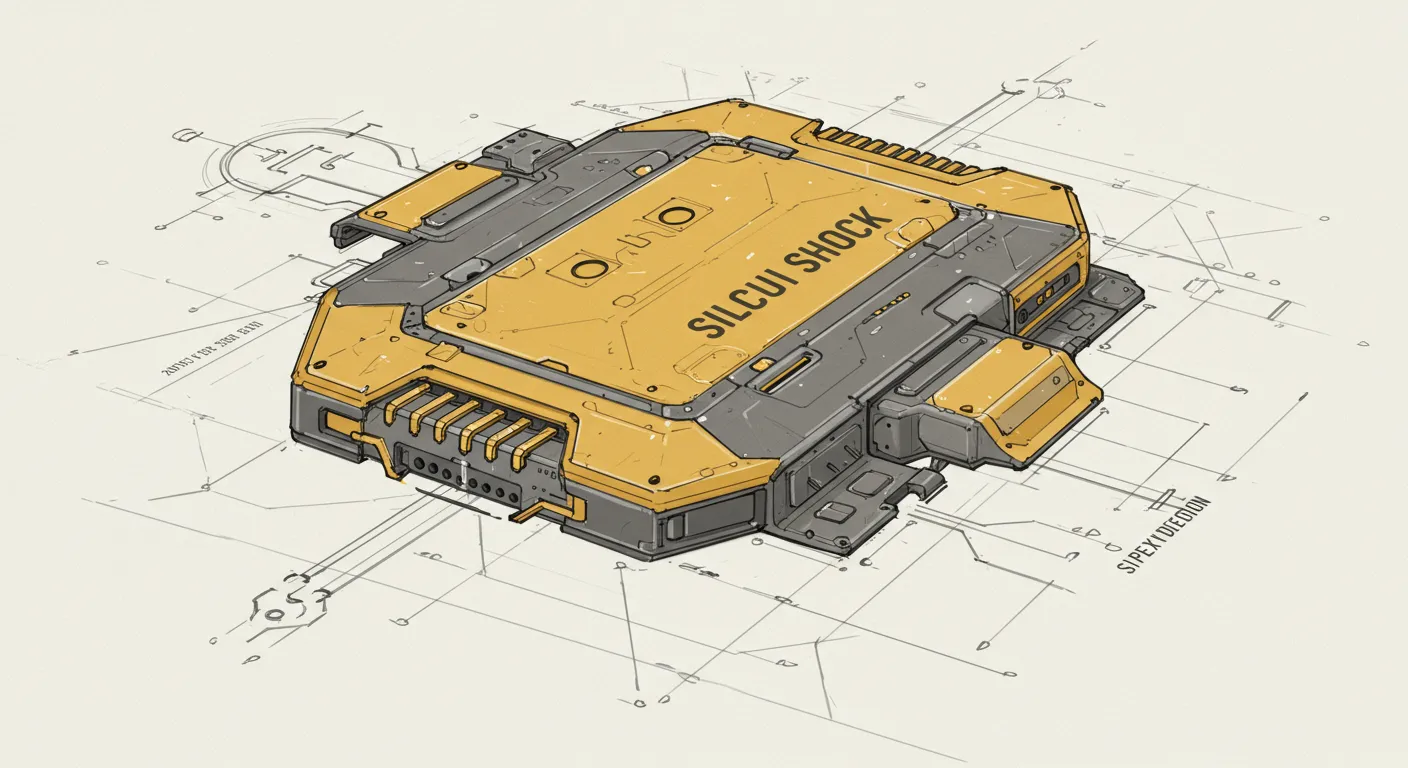The Raspberry Pi 2 had a bizarre Achilles' heel that sounds like something out of a tech thriller: it could be temporarily disabled by a powerful camera flash. Online commentators quickly dove into the technical details, revealing a fascinating quirk of semiconductor design that goes far beyond a simple manufacturing defect.
The issue centered on the device's bare silicon chip, which turned out to be surprisingly light-sensitive. Xenon flashes, with their intense and rapid burst of light, could momentarily disrupt the chip's functionality. It wasn't just any light that caused problems, but specifically high-intensity flashes that could trigger what amounted to a temporary electronic seizure.
Experienced engineers on online forums were quick to point out that this wasn't entirely unprecedented. Semiconductor chips have long been known to be sensitive to light, especially when packaged in ways that leave them partially exposed. The Raspberry Pi 2's design inadvertently created a perfect scenario for this light-induced glitch, with a chip configuration that made it particularly vulnerable.
The story quickly became a favorite among tech enthusiasts, who love nothing more than a good hardware mystery. Some compared it to historical cases of electronic quirks, like early memory chips that could be affected by radioactive decay or devices sensitive to specific environmental conditions. It was a reminder that even the most sophisticated technology can have unexpected vulnerabilities.
Ultimately, the incident became more of a fascinating footnote than a critical flaw. Raspberry Pi continued to produce millions of devices, and most users would never encounter this specific issue. But for those who love diving into the minutiae of hardware design, it was a delightful exploration of how light can interact with silicon in ways most people never imagine.


